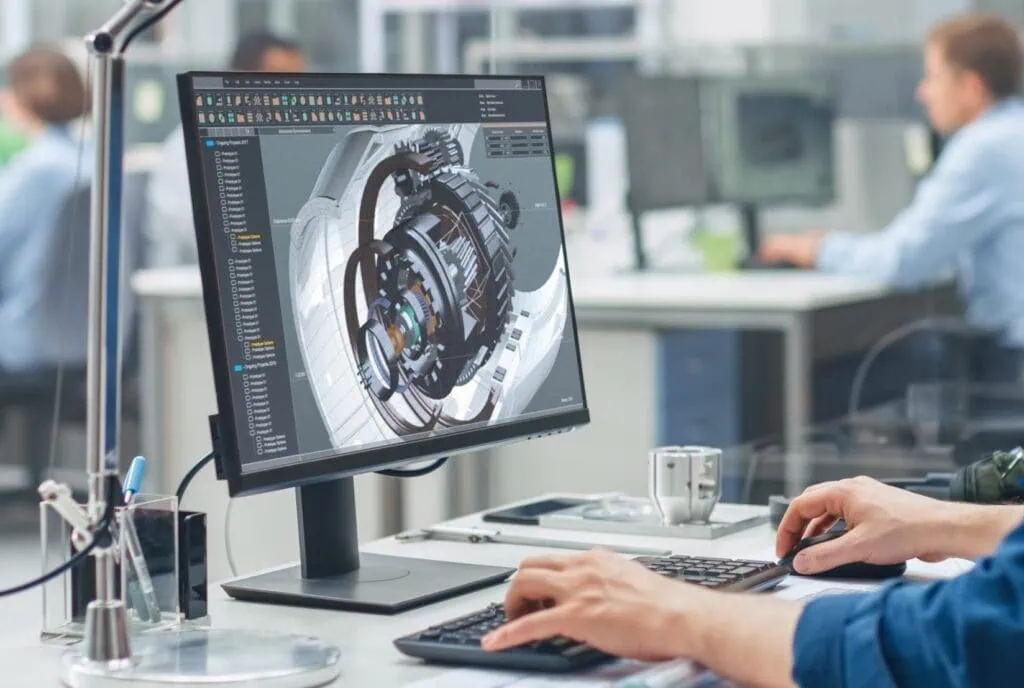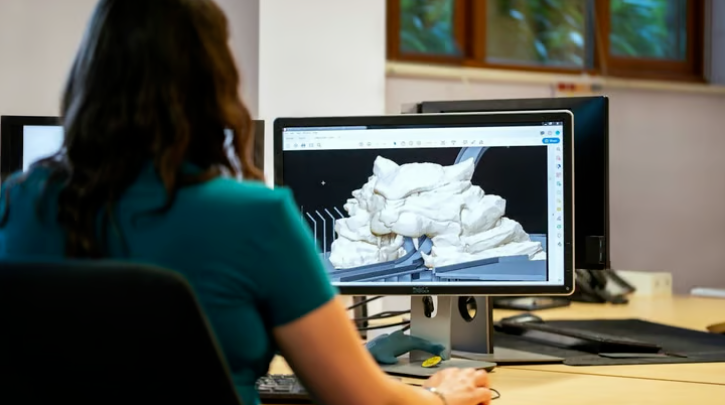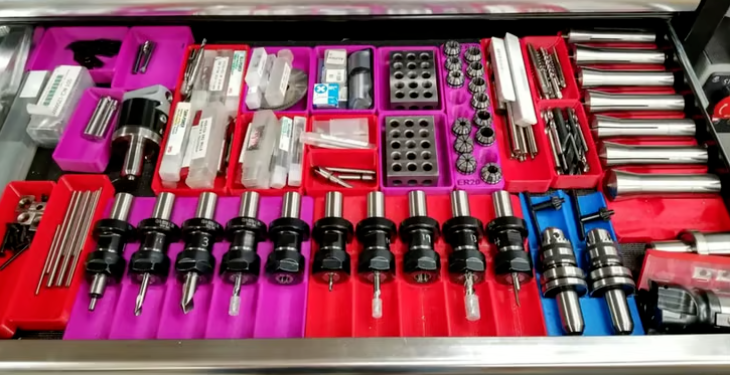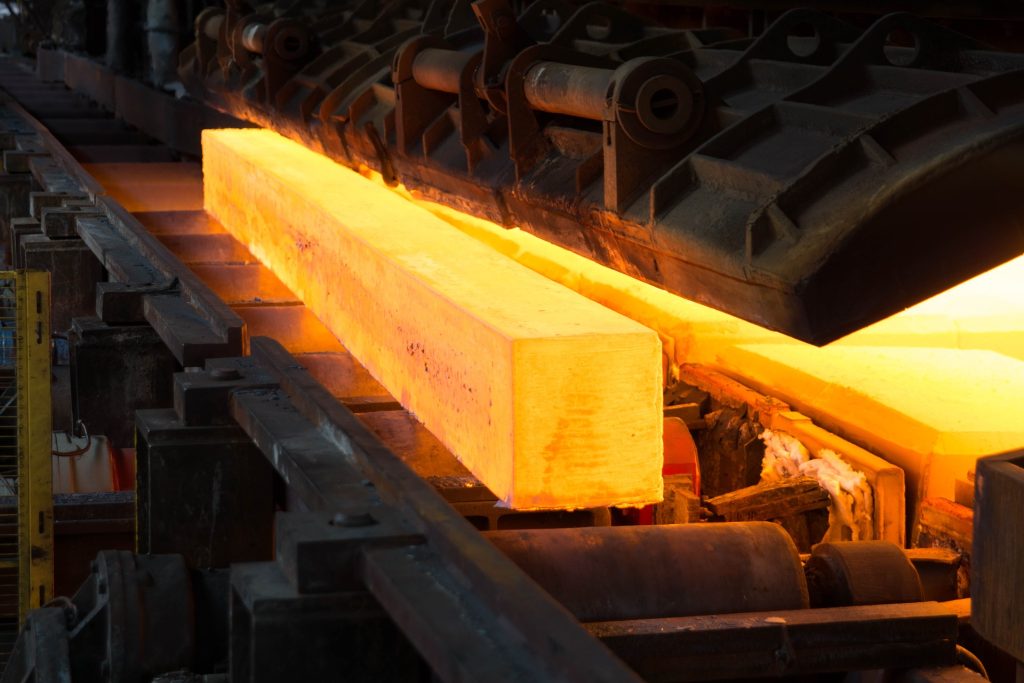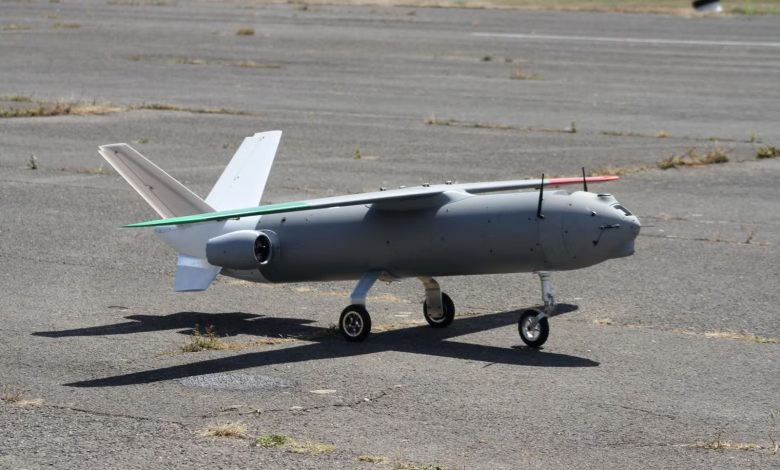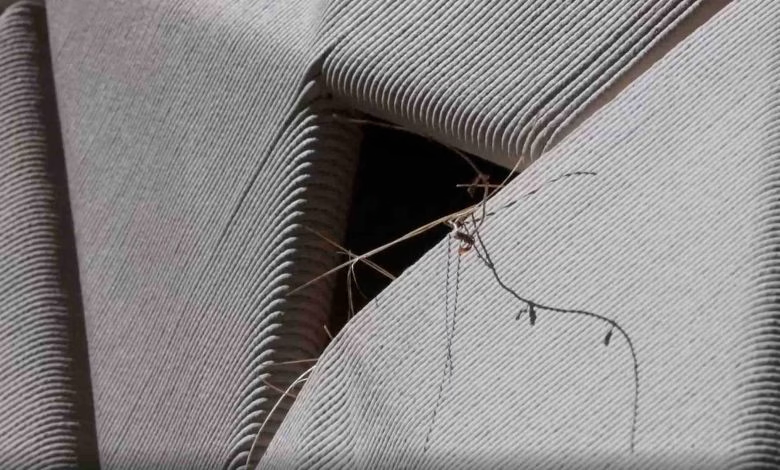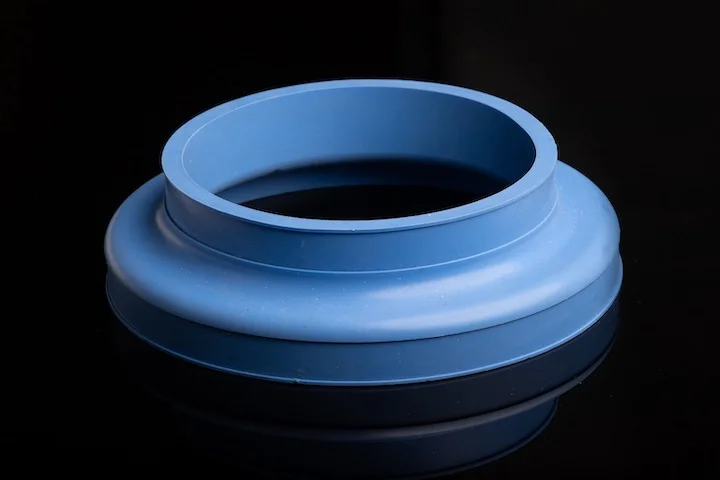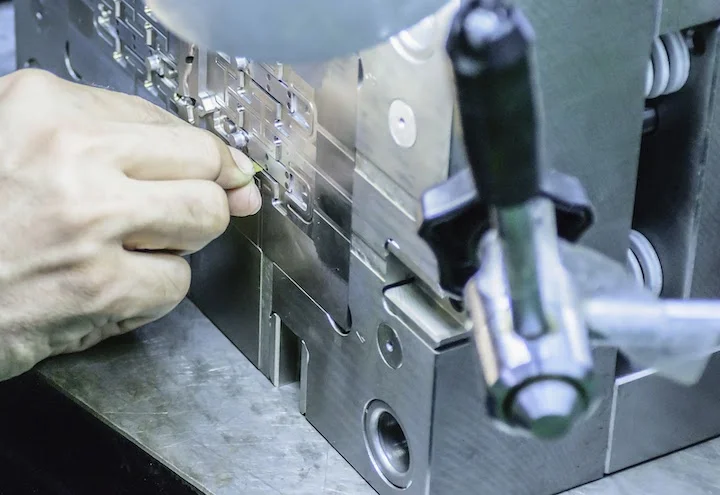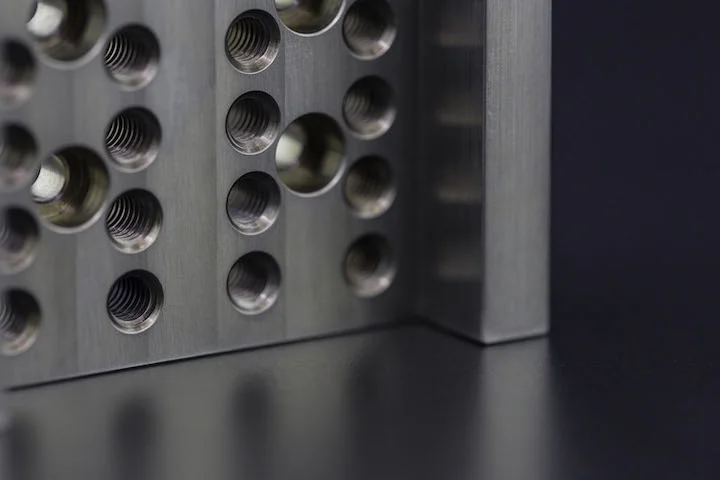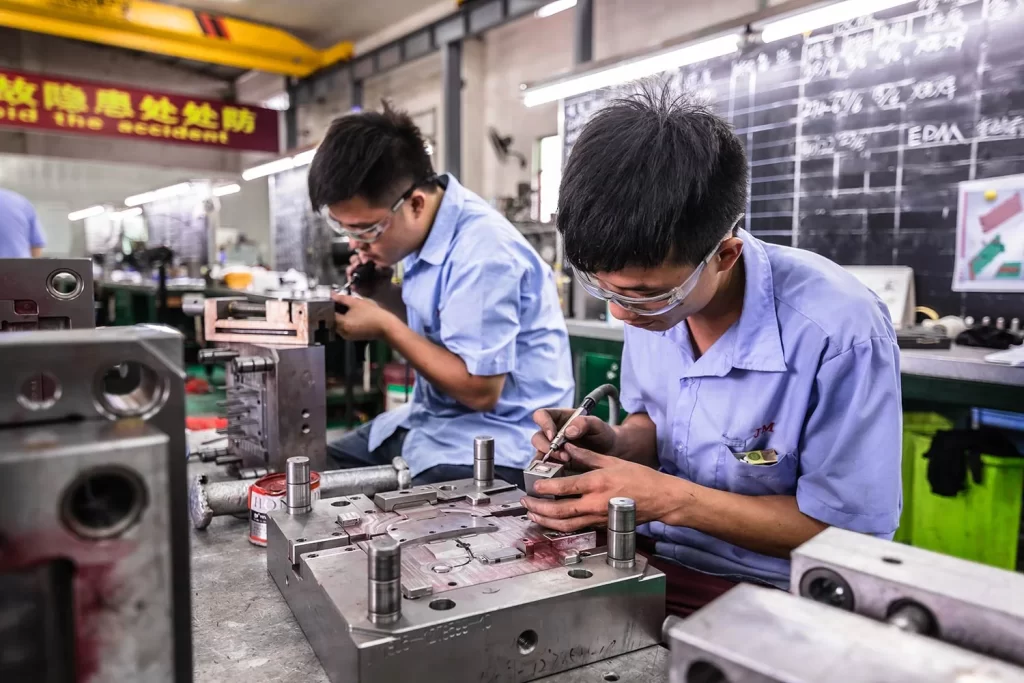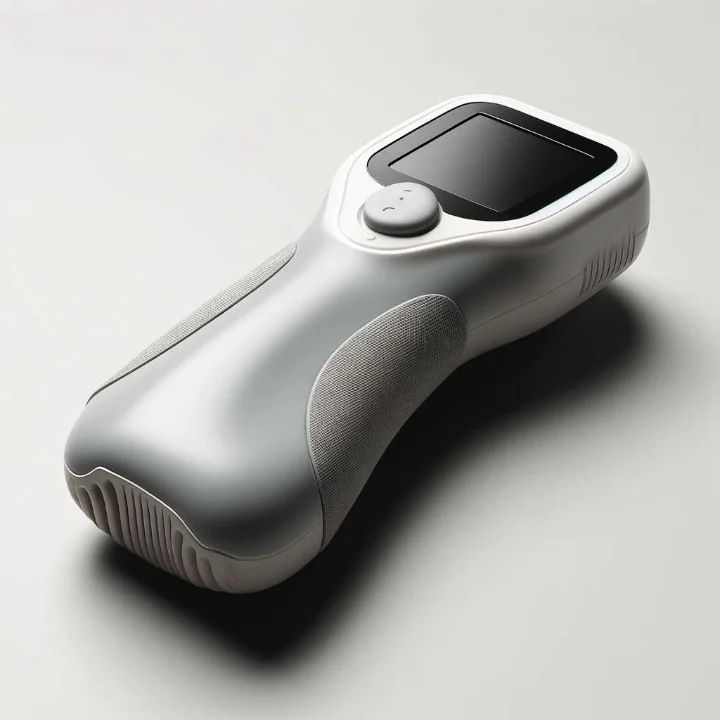Metal 3D printing has been around for approximately 30 years, yet the technology can still turn heads. For example, at trade shows, the printed metal parts we display at our booth often surprise those who stop to take a closer look, leaving them somewhat amazed that parts can actually be 3D printed from metal.
We use Direct Metal Laser Sintering (DMLS), an industrial-grade metal 3D printing technology that builds fully functional metal prototypes and end-use production parts using a variety of materials, including stainless steel (17-4 PH and 316L), aluminum (AlSi10Mg), Inconel 718, cobalt-chromium alloy (Co28Cr6Mo), and titanium. Metal 3D printing is typically used for:
- Prototyping with production-grade materials
- Creating custom parts with complex geometries
- Building functional end-use components
- Reducing the number of metal elements in assemblies
Among the properties of metal 3D printing materials, part density is a particularly critical physical characteristic for engineers and product designers. In engineering, density can refer to one of two separate but related concepts: bulk density, expressed in grams per cubic centimeter, and porosity, expressed as a percentage of filling. We cover both in this article.
Let’s explore these two factors, but first, a brief background on DMLS.
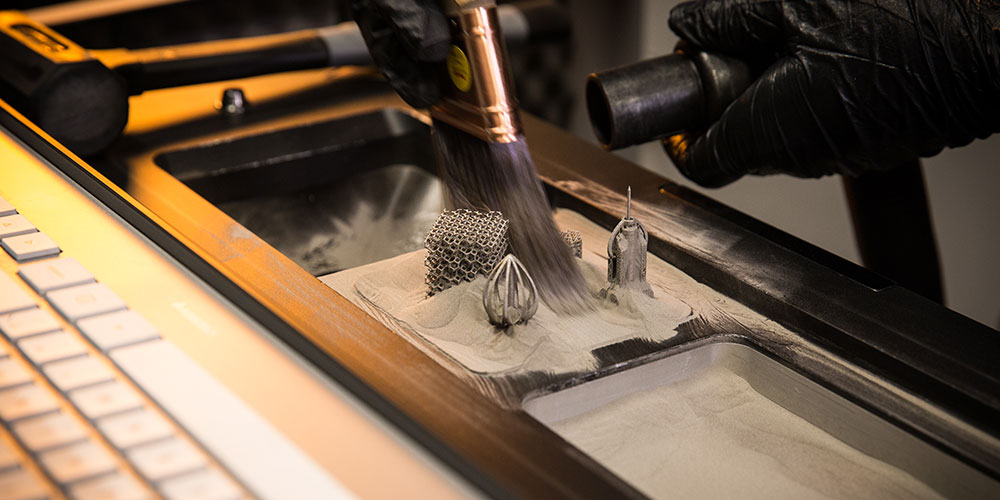
What is Metal 3D Printing? From Metal Powder to Liquid to Finished Product
Direct Metal Laser Sintering is actually Direct Metal Laser Melting—DMLS is DMLM. That is, the sintering part of this additive process is actually a melting process. We start with metal powder, and then our machines use a high-power laser to melt layers of the powder (liquefying it), creating complex 3D geometries directly from the customer’s CAD file. After a cross-sectional layer is created, the build platform lowers, and a recoating blade moves over the platform to deposit the next layer of powder in the inert build chamber. This process repeats layer by layer until the build is complete. The primary goal is to produce metal parts with 100% density. For more information on density percentages, see the later section on material strength.
The sizes of the parts we produce with metal 3D printing vary. The minimum part size is 0.006 inches (0.15 mm). Yes, tiny parts can be manufactured via metal 3D printing, which is particularly applicable in the medical field. The maximum size is 9.6 inches x 9.6 inches x 13 inches (245mm x 245mm x 330mm), but you can print larger sizes using our X Line 2000R DMLM machine. It can produce large-format functional components, systems, and technical prototypes up to 31.5 inches x 15.7 inches x 19.7 inches (800 mm x 400 mm x 500 mm).
Today, we see a range of industries turning to metal 3D printing for prototyping and producing parts, especially aerospace, automotive, and medical/healthcare, manufacturing components with different types of metal materials—from jet engine fuel nozzles and rocket engine parts to automotive motor brackets and medical surgical tools.
At least two of these industries—aerospace and automotive—are particularly concerned with the weight of their parts, which brings us to the next section.
Part Density and Weight Factors in Metal 3D Printing
The density of a metal will determine the weight of a part of a specific size. As mentioned earlier, weight is an important consideration, especially in aerospace and automotive applications. Engineers and designers in these industries are constantly looking for ways to reduce component weight to meet emission standards, lower fuel consumption, combine many parts into fewer ones, and simplify overall product design.
As reported by satellitetoday.com, 3D printed metal brackets for aircraft can reduce weight by 50% to 80%, saving approximately 2.5 million gallons of fuel annually. Airbus developed a spacer panel located next to the overhead storage bins in its A320 commercial aircraft, which is 15% lighter than the original.
Engineers and designers seeking lighter parts may turn to materials or alloys with lower density. However, they should be cautious, as they must then consider the strength-to-weight ratio.
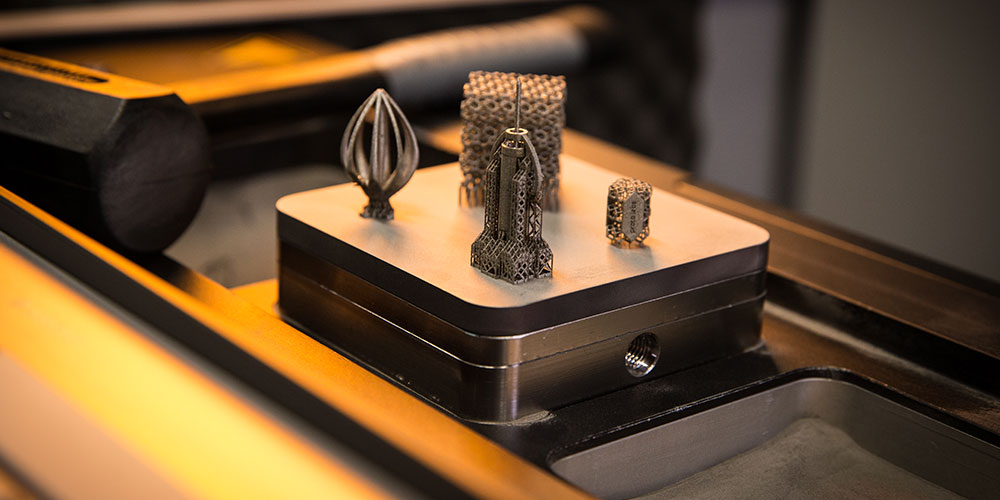
Part Density and Strength Factors in Metal 3D Printing
Dense materials produce strong parts—the higher the density, the greater the strength—which is why the density percentage of a part’s material is so important. Density is essentially the concentration of a given material in a given space.
The DMLS process typically produces parts with near 100% density, although there is usually a small amount of porosity. We expect our DMLS parts to achieve or exceed 99.5% density through our standard process. For applications requiring the highest mechanical properties and fatigue resistance, the small amount of porosity present in printed parts can be further reduced through a post-processing heat treatment called Hot Isostatic Pressing (HIP). HIP fully consolidates the part by applying high temperature (over 2,000°F or 1093°C) and extremely high air pressure (15,000 psi) on all sides, reducing most of the remaining internal microporosity.
For more information, please contact us at Debaolong Seiko. You are also welcome to upload your designs to Debaolong Seiko for a quote.






